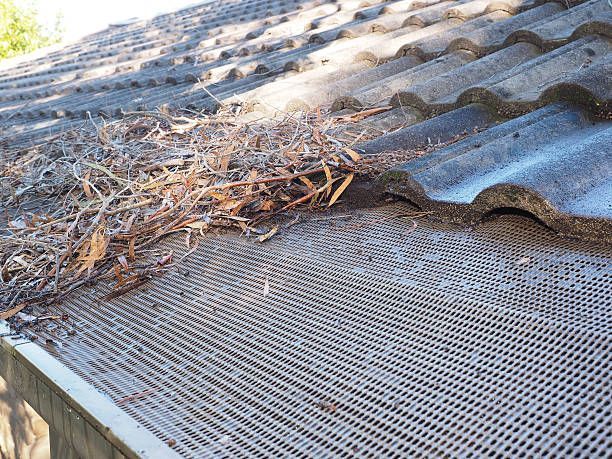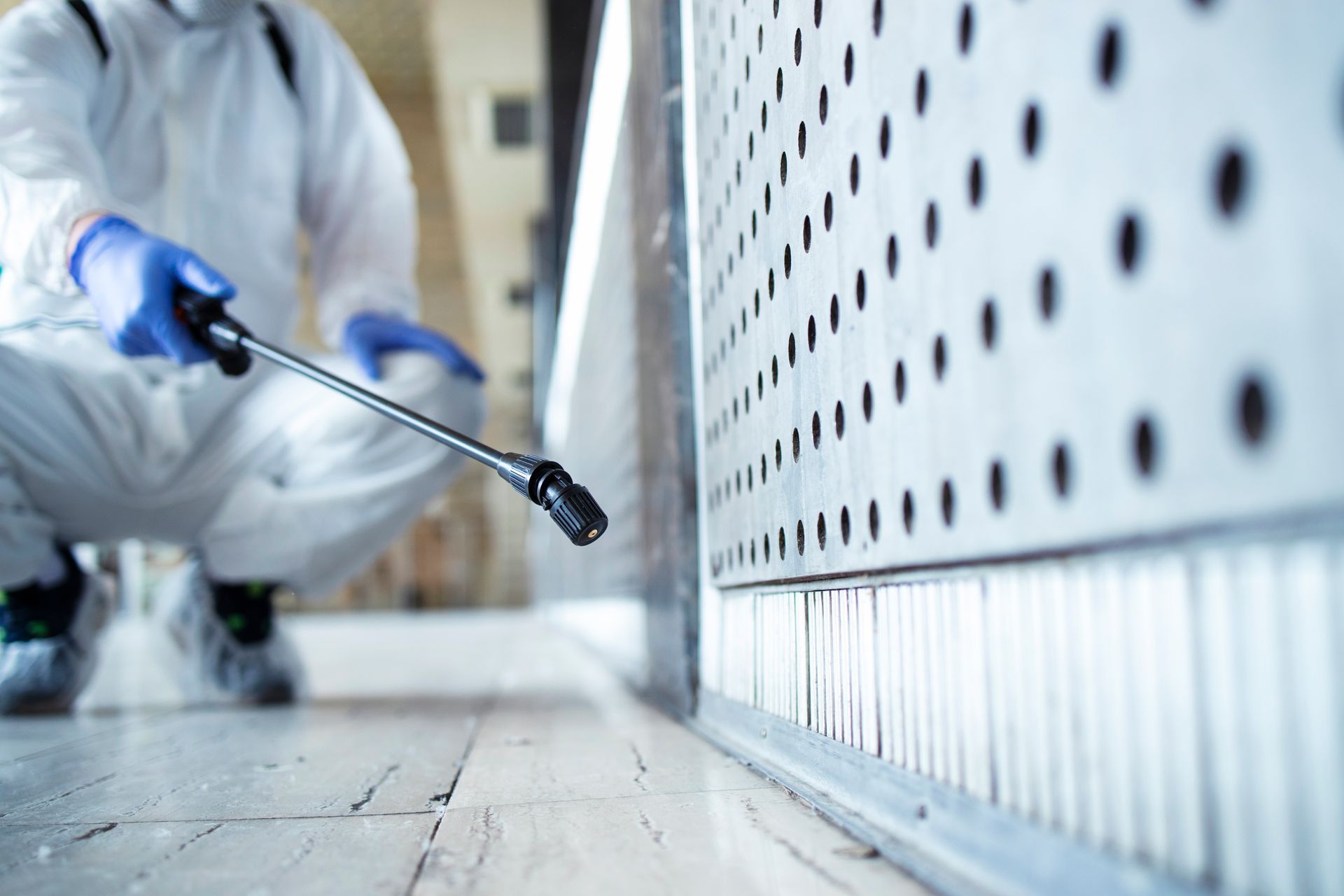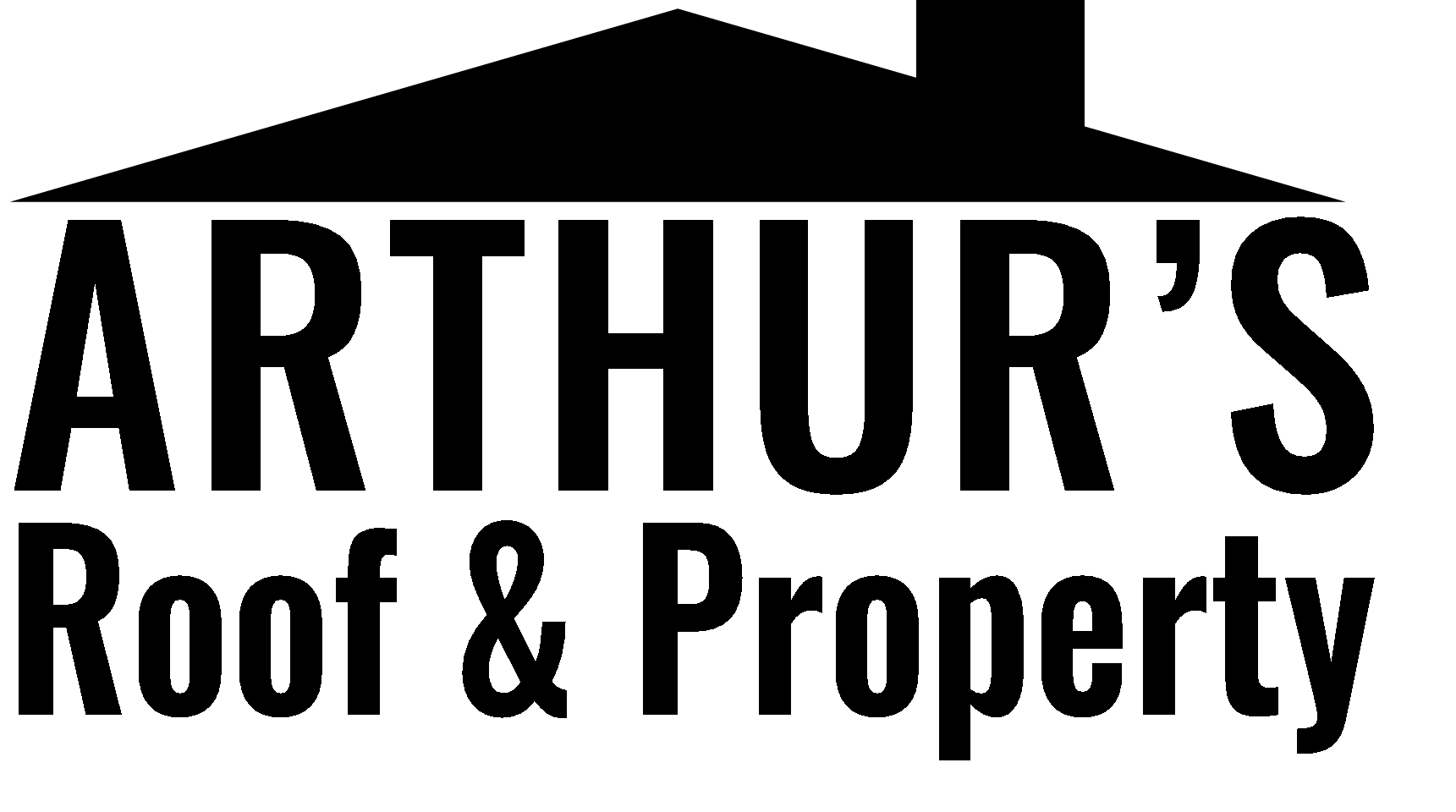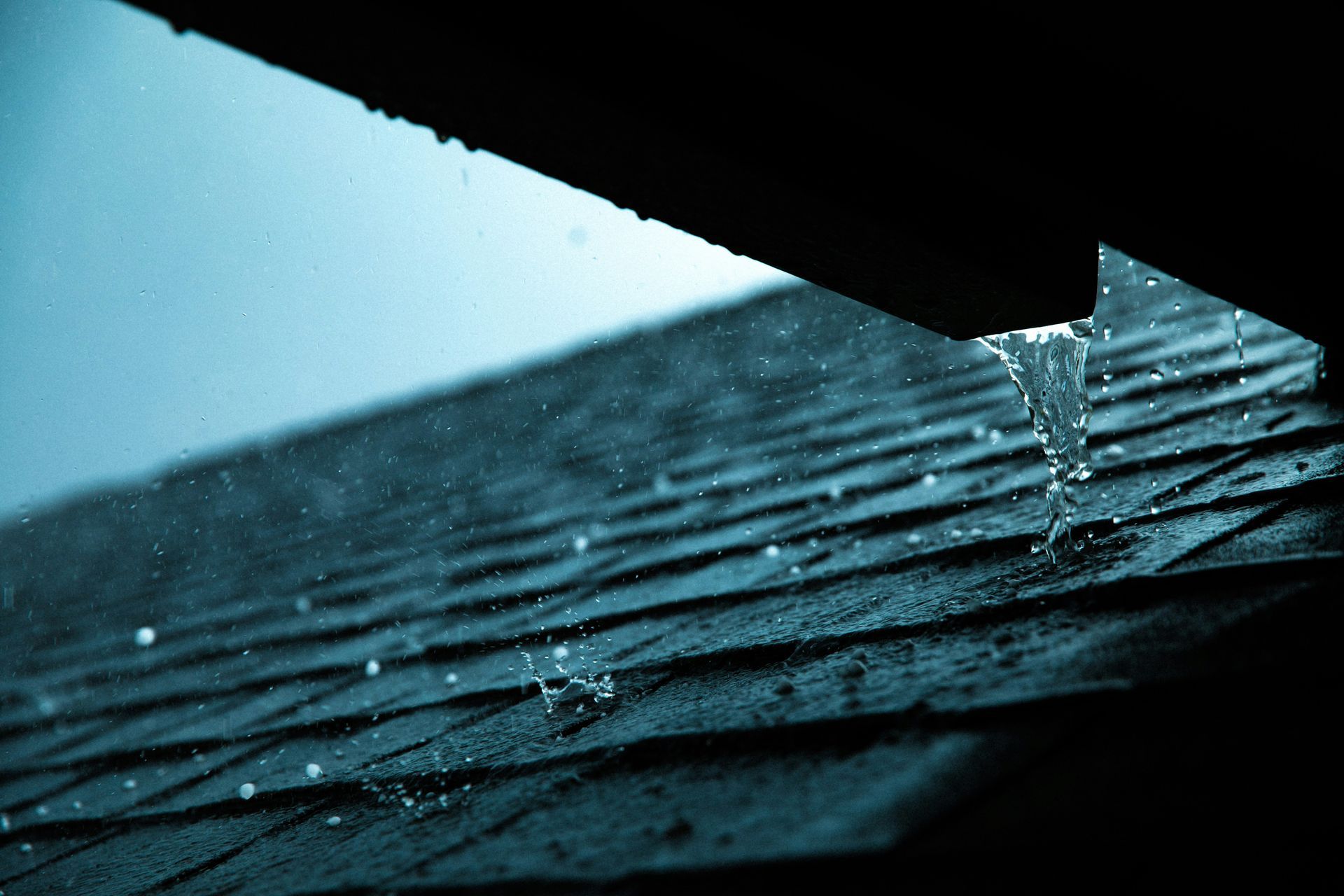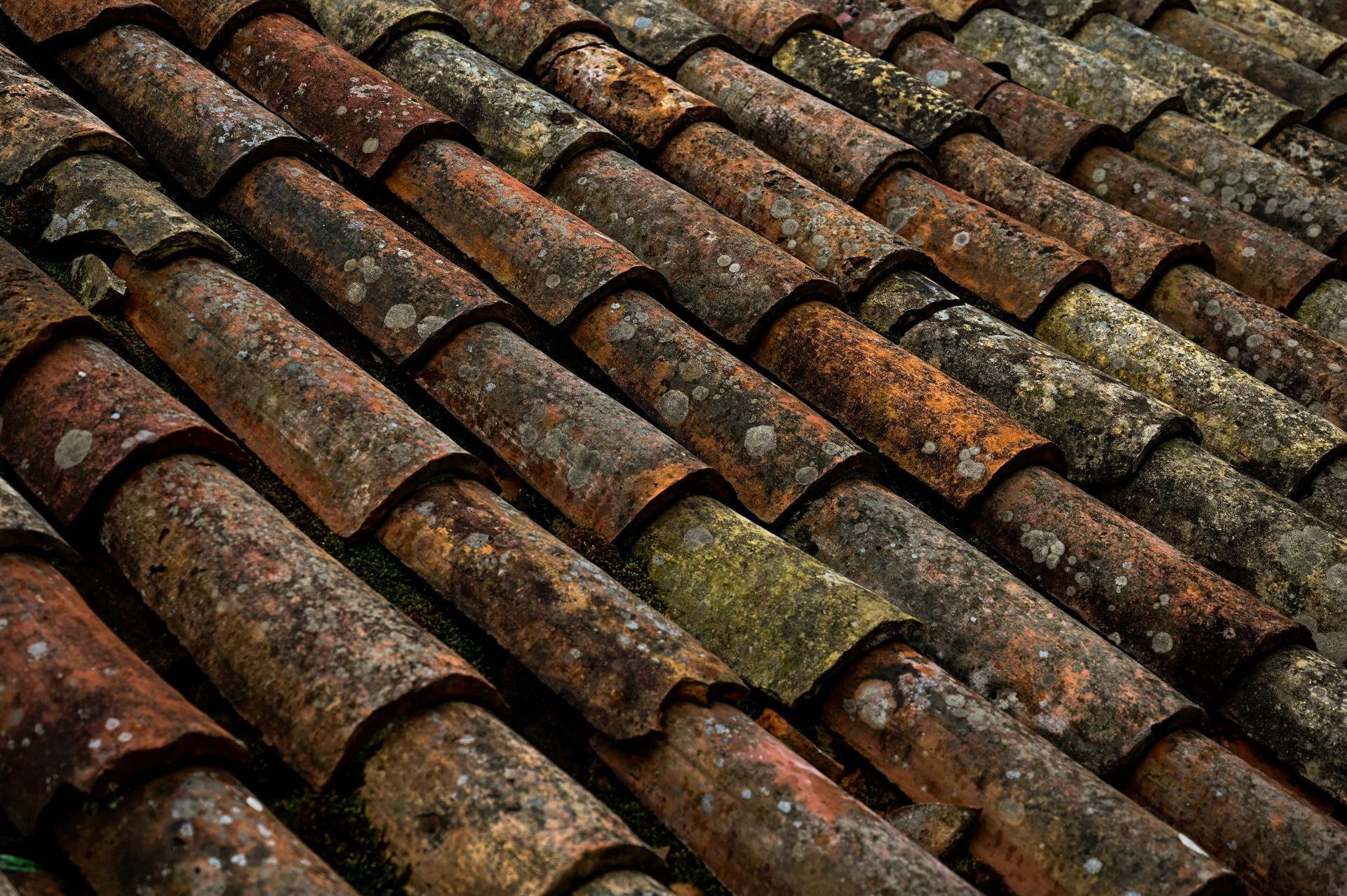Signs Your Roof Isn’t Ready for the Rainy Season

The rainy season has arrived, and the unfortunate truth is that many Kiwi roofs are not ready for the realities of winter. The big question is: Is your roof among them?
Roof damage from rain is one of the most common reasons our team gets called out to a property. Not only is the damage a headache, but the promise of impending rain makes the damage even more widespread if the resulting leaks are not repaired quickly.
That’s why it’s much better to carefully audit the quality of your roof early in the rainy season. This helps you to avoid roof damage from rain, as you’ll be sure the materials and construction can stand up to the increased strain of Aotearoa’s raging weather system. Subtropical weather is not kind to structures, so being proactive is your best friend here.
We’re here to help. In this blog, we’re unpacking all the signs that your roof isn’t ready for the rainy season so you can prepare properly.
Visible Signs of Wear and Tear
We start your inspection with the obvious. If your roof has cracked, curling, or missing shingles (or, in the case of metal roofs, any rust patches or loose fixings), then it's a red flag.
These signs of wear and tear might seem minor, but they compromise your roof’s protective barrier. Rain can easily seep through gaps, causing leaks, mould growth, and eventual structural damage.
With many homes in Christchurch relying on long-run metal roofs, the most important thing is to ensure that the fastenings and flashings are checked. Even minor movement from temperature changes that cause contraction can create gaps where rain can sneak through.
Leaks or Water Stains Inside Your Home
Have you noticed damp spots on your ceiling or discoloured patches on your walls? These are tell-tale signs of roof damage from rain that has caused a persistent leak, and a clear indicator that your roof is already struggling to handle the rain.
Often, by the time a leak shows up indoors, the damage in your roof cavity has already begun. Don’t wait until buckets are needed; any signs of internal moisture deserve your urgent attention (and that of a roofer, for that matter).
Keep an eye out for sagging in ceiling plaster, brownish-yellow stains on the ceiling, mould around ceiling edges or high up on walls, and musty smells in attic spaces.
Blocked or Overflowing Gutters
Your gutters are designed to pipe water away from your roof, which means they are a vital part of your roof’s defence from the rain. If your gutters are clogged for any reason and aren’t draining properly, suddenly that water is not being piped away, and that can cause some serious issues pretty quickly.
Water pools are the edges of your roof and will find its way through even the smallest cracks, widening the paths it finds and eroding leaks into your roofing cavity.
If your gutters are overflowing during a rainstorm, then it’s a sign that your drainage is compromised somehow. This leads to all sorts of issues, such as:
- Erosion of the fascia
- Water seeping under shingles or metal panels
- Foundation problems from water pooling at the base of your home
It might be a little bit wet, but the next time a rainstorm rolls in, take a careful step outside to watch your gutters. Are they flowing smoothly, or is the water spilling over? Do any downpipes appear blocked or misaligned? If you notice this, it’s time for a gutter cleaning.
Sagging or Uneven Roofline
Finally, the most serious warning sign that your home is vulnerable to roof damage from rain: sagging. A sagging roofline is a serious warning sign. It could mean water damage has weakened the internal support structures of your roof, particularly the rafters or trusses.
This often happens slowly over time, but severe rainy seasons can accelerate the damage. The longer this issue is left unaddressed, the greater the risk of collapse or costly repairs. It’s also tough to spot, since it happens so slowly.
Take a walk back and look at your roofline from the street. If it is not straight or is dipping in the middle, you’ll need to get it assessed immediately. Otherwise, you’ll be risking a collapse when the next storm comes howling in.
So, what is there to know about your roof and the rainy season? Heading off roof damage from rain is easy when you know what to look for and are proactive enough to catch issues early. That said, if you are still unsure about the state of your roof, it helps to have a professional inspect it to prepare for a rainy day..
Prepare your roof for the rainy season with Arthur’s Roof & Property.
For roofing and property maintenance in the greater Christchurch area, we are the team to call. We help prevent roof damage from rain or, in the case that it has already happened, we repair it as quickly as possible.
Struggling with the rainy season? Get in touch with our team today.
